
ObsSIM Space Scenario Designer enables test designers to construct custom scenarios for test, training, and exercise events. ObsSIM’s library of realistic, physics-driven space events can be added and combined to create a unique timeline that will test the mettle of your team and your automated systems. ObsSIM layers high-fidelity noise on top of truth models to create realistic data indistinguishable from real telemetry feeds.
Your operators need to be ready for anything
ObsSIM helps you train for any scenario. Prepare your operators for the worst days in space with our simple workflows for designing test, training, and exercise scenarios.

Feel confident in your ability to protect your assets
Be ready to put your procedures into practice. ObsSIM’s complete library of space events, from launch to re-entry, allow your test designers to construct any scenario that today’s congested and contested space environment could throw at you.
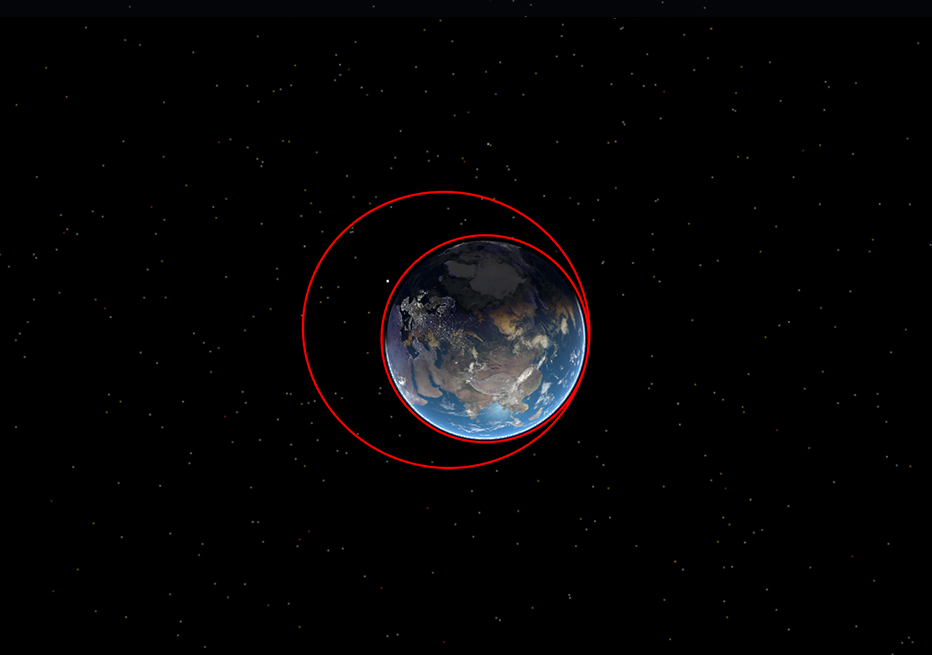
ObsSIM Launch Features
Suite of high-fidelity integrators and ephemeris formats
Force modeling including gravitational spherical harmonics, 3rd body effects, solar radiation pressure, lift and drag
Model and analyze constellations and relative motion dynamics

ObsSIM Maneuvers Features
Space-based and ground-based sensors with customizable pointing and field of view
Compute line-of-sight, AOS/LOS intervals, shadow passes, node crossings, close approaches, and more
Compute chains of access and coverage metrics
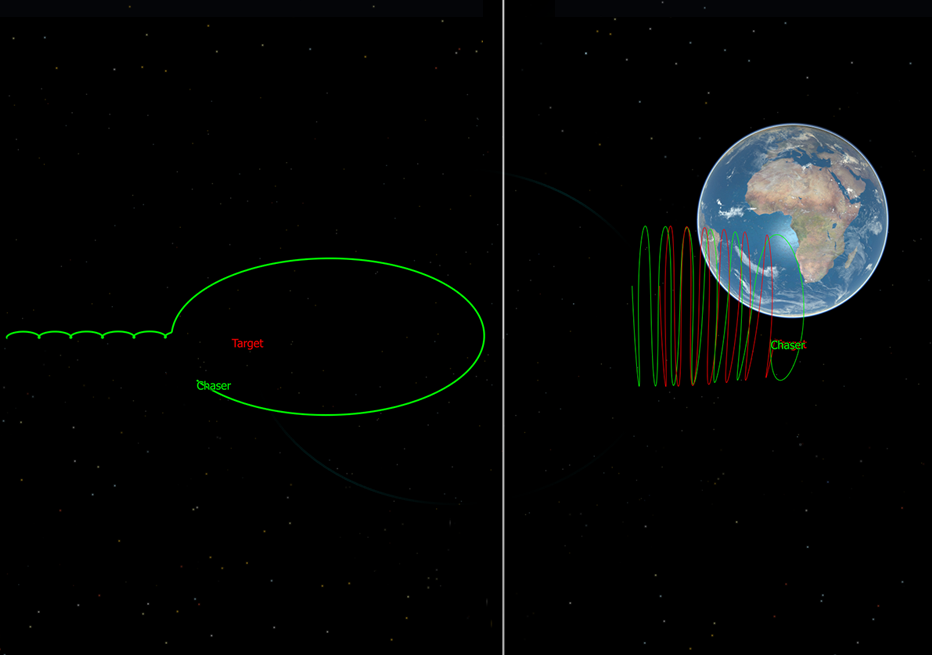
ObsSIM RPOs Features
Impulsive, finite duration high-thrust, and continuous low thrust maneuver modeling
High-fidelity tank, thruster, and valve models
Delta-V and fuel consumption analysis

Docking and Deployments Features
Complete control over objective functions, state variables, and constraints
Generic optimization plus optimal control
SNOPT, Ipopt, and NLopt integration
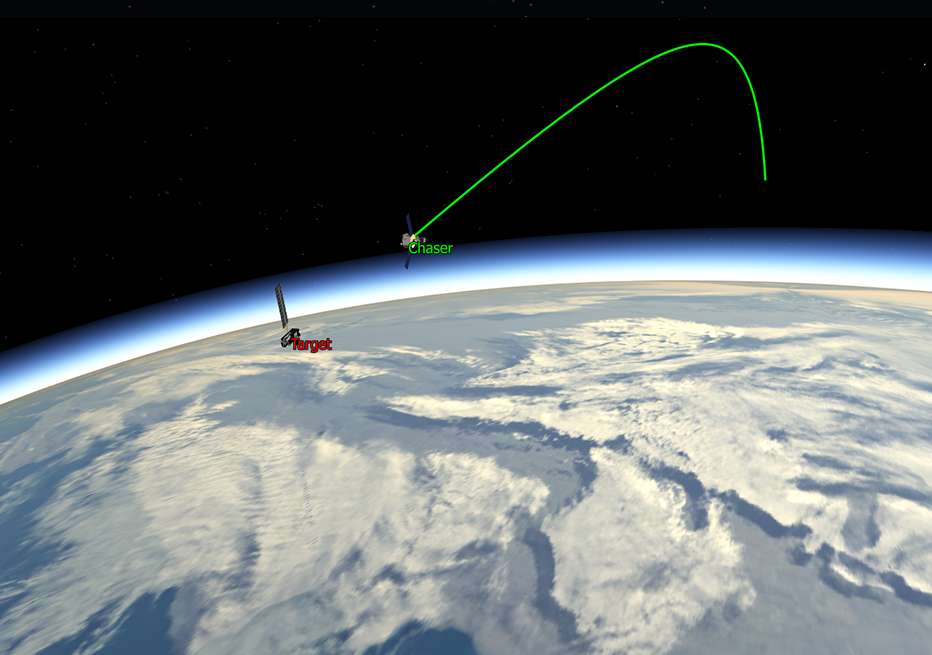
ObsSIM ASATs Features
Suite of estimators for different conops: Batch Least Squares, Extended Kalman Filter, Unscented Kalman Filter, and Square Root Information Filter
Supports built-in and user-defined measurement models and observation file formats
Covariance analysis, sensor calibration, maneuver estimation, observation simulation, and more
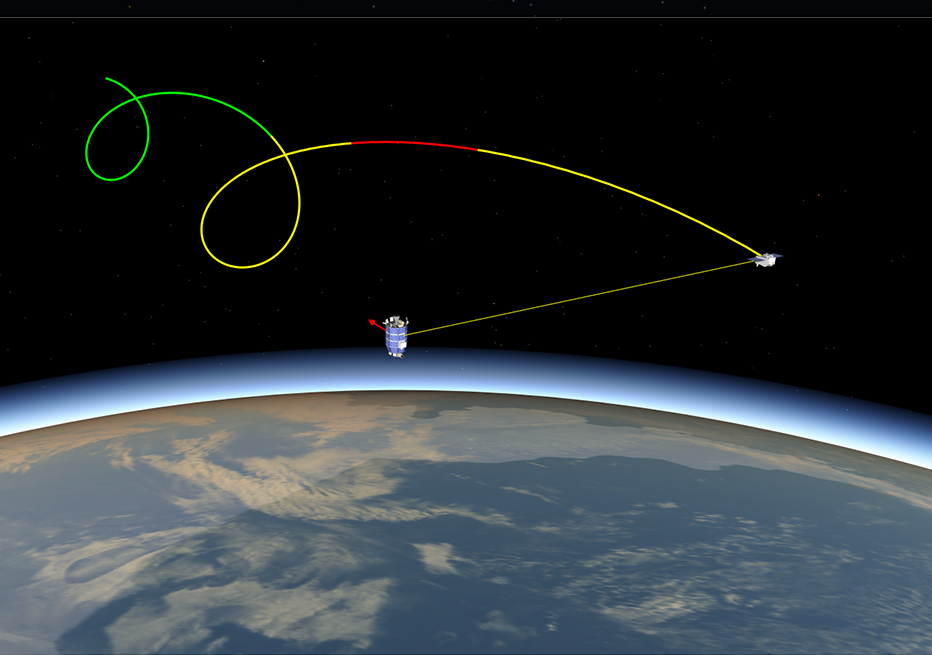
Breakups and Collisions Features
Suite of estimators for different conops: Batch Least Squares, Extended Kalman Filter, Unscented Kalman Filter, and Square Root Information Filter
Supports built-in and user-defined measurement models and observation file formats
Covariance analysis, sensor calibration, maneuver estimation, observation simulation, and more
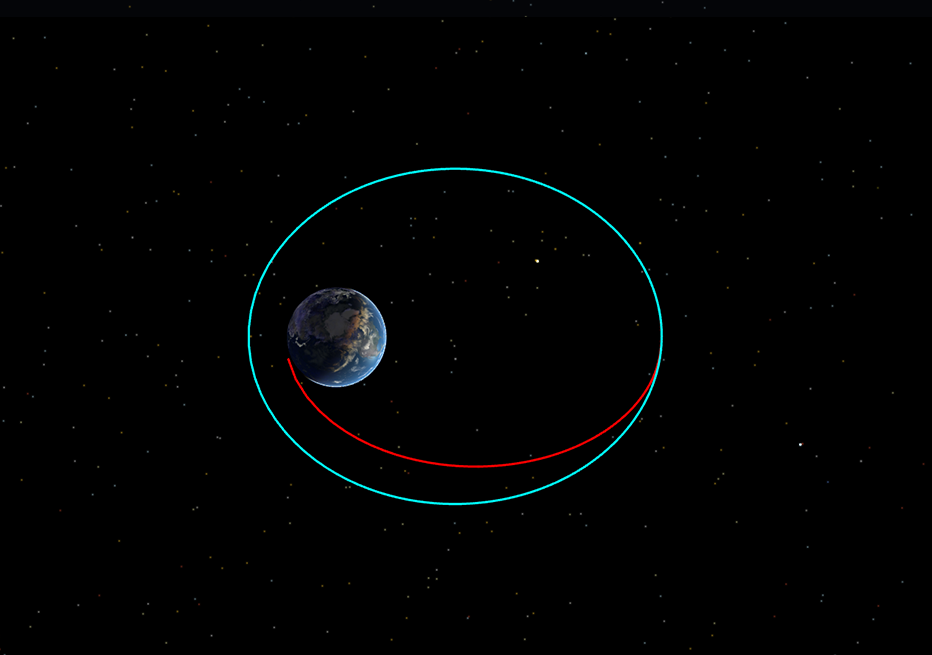
ObsSIM Re-entries Features
Suite of estimators for different conops: Batch Least Squares, Extended Kalman Filter, Unscented Kalman Filter, and Square Root Information Filter
Supports built-in and user-defined measurement models and observation file formats
Covariance analysis, sensor calibration, maneuver estimation, observation simulation, and more
Empower your test, training, and exercise designers with diverse, realistic training data
ObsSIM helps you train for any scenario. Prepare your operators for the worst days in space with our simple workflows for designing test, training, and exercise scenarios.
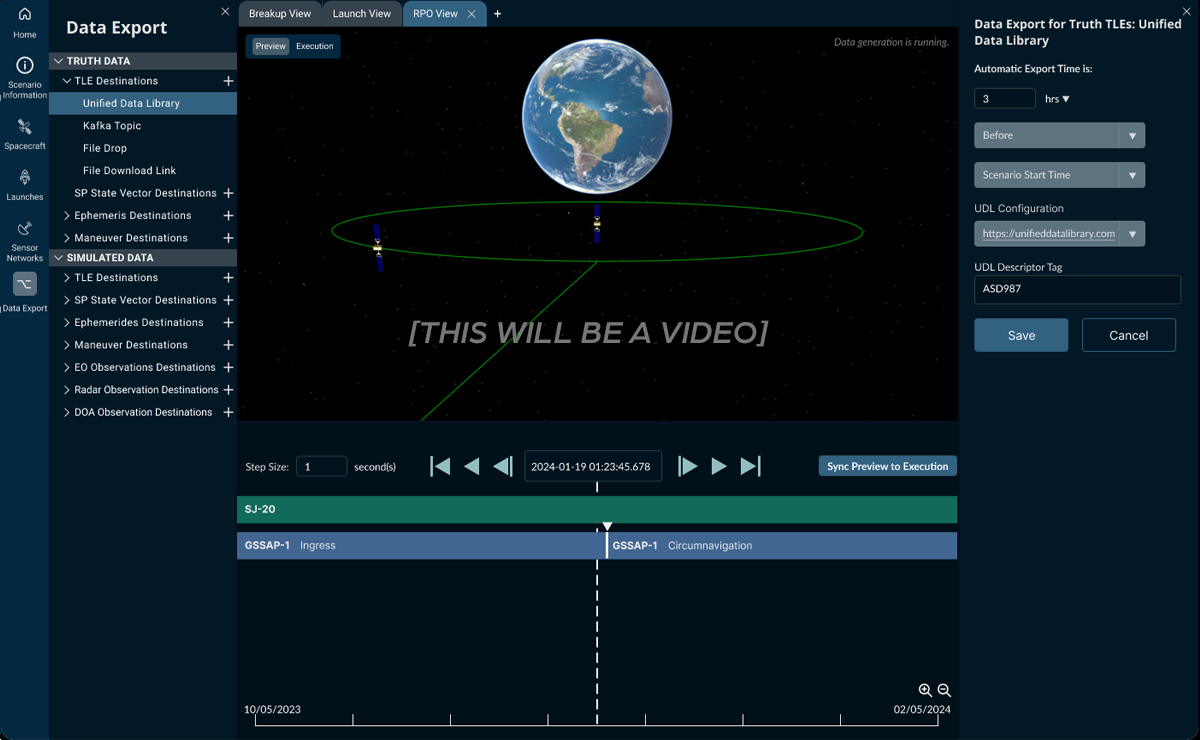
Realistic, physics-driven space events and observations
ObsSIM’s space event models include perigee raises, inclination changes, station keeps, GEO node relocations, Rendezvous and Proximity Operations (RPOs), conjunctions, intercepts, launches, and breakups.
ObsSIM models Resident Space Object (RSO) tasking categories, solar lighting constraints, range constraints, sensor slew rates, and sensor dwell times so our simulated observations reflect realistic collection capabilities.

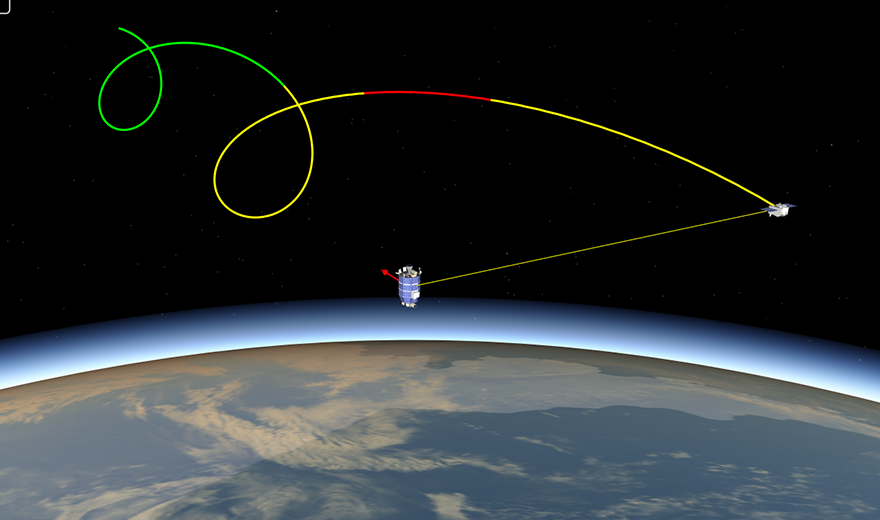


ObsSIM produces physics-based observation data powered by our FreeFlyer astrodynamics engine.
Dive deeper into the technology that powers ObsSIM and discover the science behind the simulations.
Get FreeFlyerLevel up your test, training, and exercise quality with ObsSIM Space Scenario Designer
Ready to meet your training data needs
Exercise new Tactics, Techniques, and Procedures (TTPs) using realistic simulated observations from the government and commercial sensor networks that you already use, published to data feeds that your operators already know.
Sensor Models
Over 200 electro-optical, radar, and passive-RF sensors currently modeled.

Data Distribution
Publish truth data and realistic data (with added biases and noise) to its destination.


ObsSIM data is published in real time to the United States Space Force’s (USSF’s) Unified Data Library (UDL) where government and commercial customers can subscribe to the data.
Available on the UDL